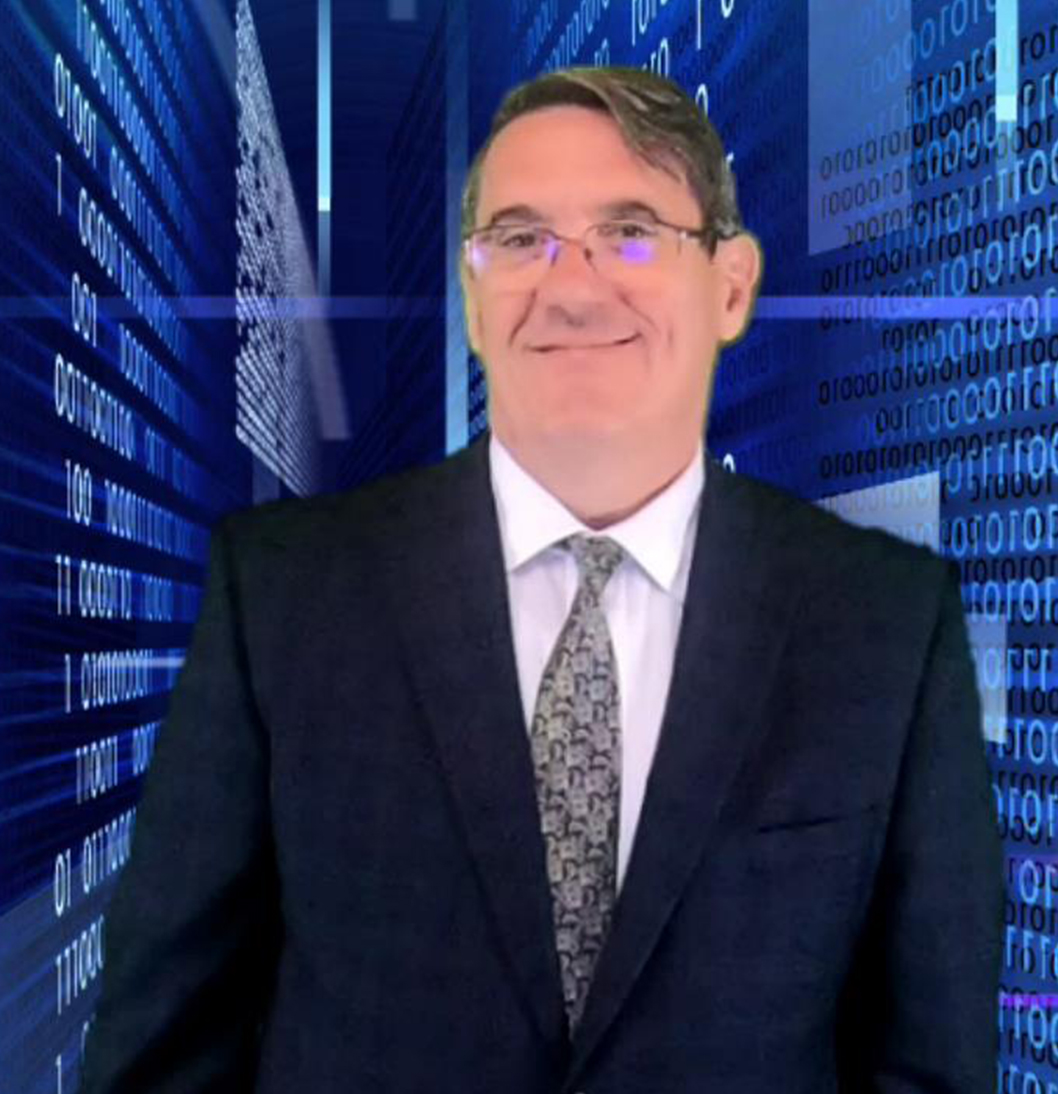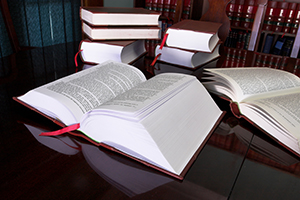 FORDHAM FORENSICS When It Really Matters770-777-2090
FORDHAM FORENSICS When It Really Matters770-777-2090

Computer Forensics and the Judicial Arms Race
Although paper continues to play a role in American Jurisprudence, it has been largely replaced by digital evidence. Just as lawyers and judges have learned to deal with the new medium, so have evildoers.
The expertise of the dark side is not limited to perpetrating wrong but also in hiding it. When paper was king so were shredders, light tables, white-out and various copier manipulations. In the digital age it can be far more sophisticated.
Initially it may have been simple file deletion. Everyone has learned, however, that forensic experts can easily recover deleted files.
File wipers and shredders were the bad guy’s answer to deleted file recovery. But these techniques often leave traces of their use even though the data is lost forever. Furthermore, once their use is detected an adverse inference sanction is usually worse than the penalty that the bad guy was facing.
Nonetheless, the frequency of these practices is now almost ubiquitous. Furthermore, as the detection techniques have improved so have the bad guy’s disguise, deception, camouflage and other stealth techniques.
For example, since there is no prohibition against file deletion if done before a duty to preserve arises, why not do it in the open. Just turn back the computer clock and make it appear to be from an earlier time.
If the clean up is really complex perhaps a digital forgery is in order. If so, surrender a phony hard drive that has been reconstructed from scratch or with the aid of a prior backup.
If it is a few discrete items that need protection then blend them with the harmless. Changing a file’s name and extension is like changing its uniform. So put it in “civilian clothes” and bury it with the rest of the Windows operating system files.
If even greater stealth is needed then completely bury the contraband in another file and hide its existence through a variety of low tech tricks like coloring, sizing, and ordering. Or for something more sophisticated try a least significant bit manipulation.
Of course, all of the above are detectable too. It may require the equivalent of night vision goggles, x-ray equipment or spectrum analysis but they are still detectable despite their cleverness.
Sometimes the more sophisticated techniques are just no match for an observant examiner. A file appending scheme can be detected when content sizes do not seem to match file sizes. Similarly, a nonsensical story can betray a null cipher.
The lesson for lawyers is that there is an undeclared war and it has fostered an arms race of sorts. Therefore, a lawyer’s hurdles with digital evidence are not limited to cost saving measures or protecting the smoking gun from legal maneuvering that is designed to keep it hidden.
Indeed there is an ever increasing need to validate the production of digital data. Furthermore, when planning the production request the lawyer should also consider what artifacts and elements should be included in order to facilitate the validation. (see Unlocking System Metadata)
Of course, validation is just another word for authentication. The document itself is often authernticated by witness testimony. Other system meta data, like file system date stamps, are then used to provide context to the documents. Where litigators often fall short is the authentication of the system meta data which is only reliable if the machine producing them is reliable. Authentication of the machine's system metadata can only be accomplished by an expert.
Good and evil have always been at war. In the world of digital evidence, litigators need to realize that both sides use the same weapon—the computer. What differentiates good from evil is how they use the keyboard. Measure and counter measure are the volleys each side makes in search of the other‘s weaknesses.
Fortunately, using a computer can be like throwing pebbles in a pond. The destruction may not be undone and the data may not be recoverable. Nonetheless, the ripples on the water and the footprints at the shoreline are detectable.
Naive litigators may not realize the need to authenticate the "system" or even know how it is done. While destroying a document might be quickly noticed and assure the dispatch of an expert, altering the context or counterfeiting a lesser wrong may go unnoticed until much later. By that time, other practices, like "targeted" preservation and collection procedures, that are intended to save the cost of forensic imaging and other "crime scene" procedures, would have already inflicted the fatal wound.
Targeted preservation and collection focuses on potentially responsive documents and typically does not include preservation and collection of the system artifacts needed by experts to authenticate the reliabilty of the system. In that case, by the time a problem is detected, or perhaps better stated is suspected, the trap would have been sprung and corrective action impossible unless they had been preserved in a forensic image or other preservation techniques capturing the necessary artifacts.
In light of the proliferation of anti-forensic tools, as well as web sites and conferences teaching these techniques, preservation and perhaps even surprise take on more importance to the litigator’s strategy and discovery plan. It also means that e-discovery practiced without the aid of computer forensic ninjas is ill-advised. After all, a raw recruit, though armed with a rifle, does not a warrior make.